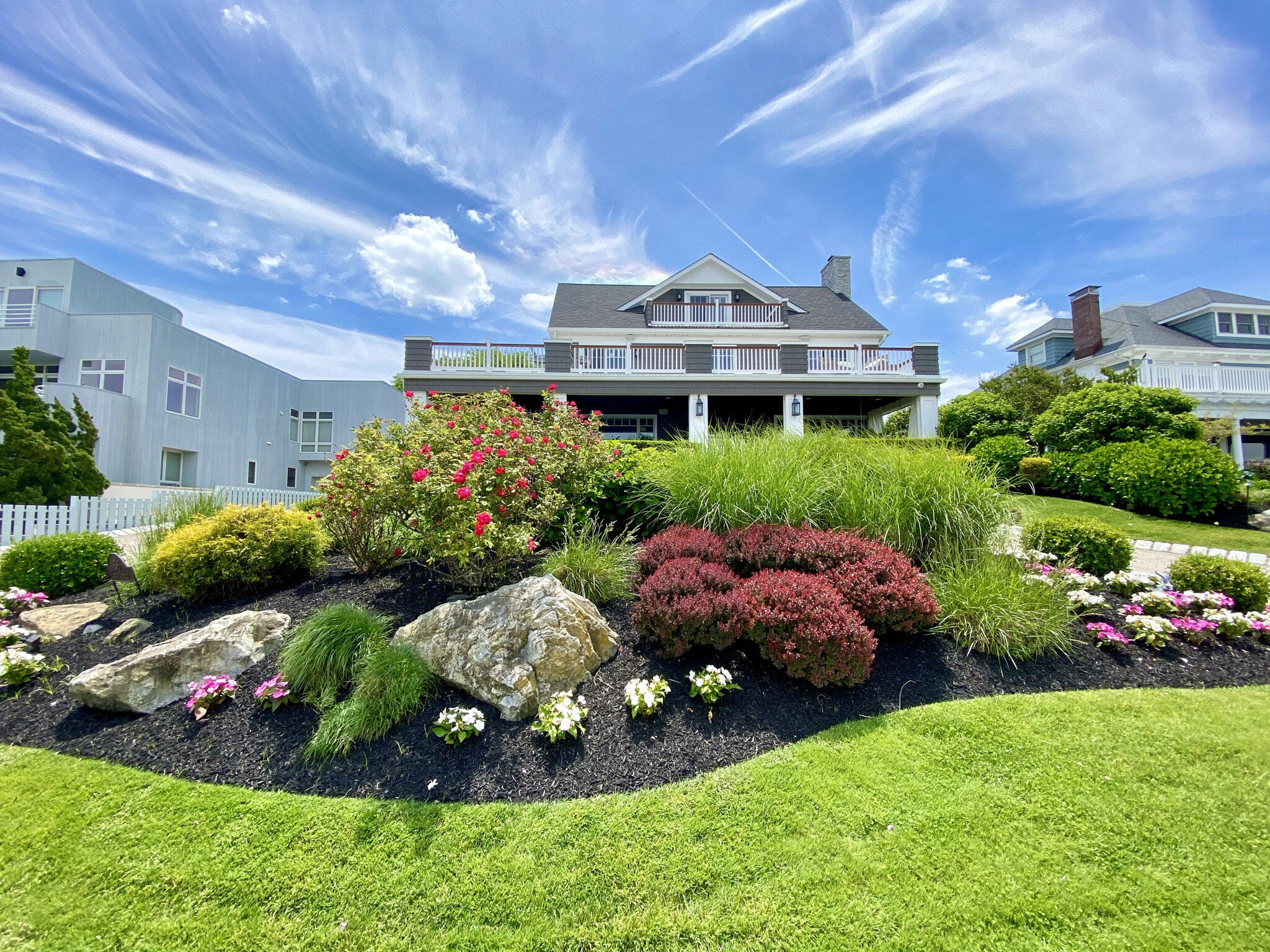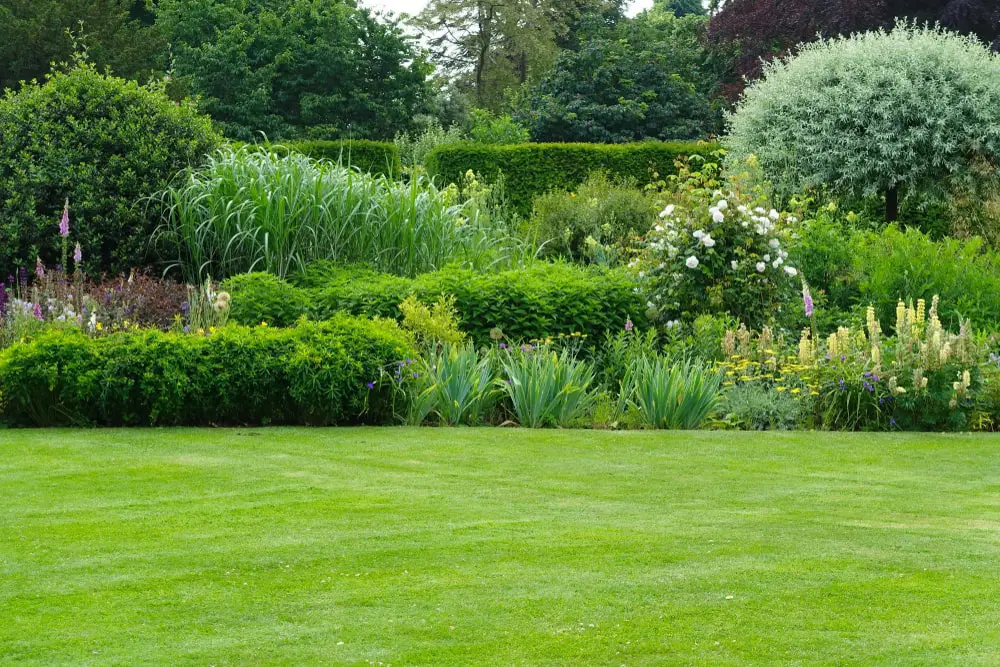A Comprehensive Guide to Creating and Implementing Effective Landscape Design Solutions
The art and science of landscaping extend beyond simple looks; they involve a thoughtful integration of style concepts, ecological stewardship, and practical application. What strategies can one employ to make certain these landscapes not only flourish but also thrive in consistency with their environments?

Understanding Landscape Layout Principles
One may wonder what foundational elements add to effective landscape style. At its core, successful landscape layout pivots on a number of key principles that guide the setup and choice of elements within an area. These concepts consist of unity, balance, percentage, and rhythm, each serving to produce a harmonious outside environment.
Unity refers to the cohesive partnership among numerous components, ensuring that they work with each other aesthetically and functionally. Equilibrium can be achieved with asymmetrical or balanced arrangements, permitting the landscape to really feel secure and inviting. Percentage includes understanding the range of elements in relationship to each other and the surrounding atmosphere, advertising aesthetic harmony and convenience.

Examining Your Outdoor Room
Prior to applying the principles of landscape design, a comprehensive assessment of your outside room is essential. This preliminary analysis aids specify the scope of your landscape design project and ensures that your style aligns with the unique characteristics of your property. Begin by analyzing the measurements of your space, taking accurate dimensions to comprehend the offered area for various aspects such as patio areas, paths, and yards.
Next, observe the existing features of your landscape, consisting of topography, dirt quality, and drain patterns. These variables dramatically affect plant choice and placement. Additionally, analyze the sunshine exposure throughout various locations throughout the day, as this will certainly affect the kinds of plants that grow in your yard.
Think about the microclimates developed by frameworks, trees, and various other challenges, as they can impact temperature and dampness levels. Finally, keep in mind of any type of existing plants or hardscape elements that you want to remove or preserve. This extensive examination lays the foundation for a educated and reliable landscape design solution, ensuring that your design is not just aesthetically pleasing however additionally useful and sustainable for years ahead.
Lasting Landscaping Strategies
Incorporating lasting landscaping strategies is essential for developing an environmentally accountable outdoor space. These practices not only advertise eco-friendly equilibrium however also boost the visual and useful worth of a landscape. One foundational method is the application of indigenous plants, which need less water and upkeep while supporting regional wild animals. Carrying out effective irrigation systems, such as drip watering, minimizes water waste and guarantees that plants receive ample dampness.

One more reliable method is the strategic placement of shrubs and trees to give all-natural windbreaks and shade, hence reducing power prices (Palm Desert Landscaping). Rain yards can be incorporated into the landscape layout to take care of stormwater drainage successfully, filtering system toxins before they go into rivers
Choosing the Right Plants
Selecting the right plants for your landscape is essential to accomplishing both visual appeal and environmental harmony. The process starts with an understanding of your local climate, dirt conditions, and the particular microenvironments within your landscape. Evaluating elements such as sunshine direct exposure, moisture levels, and existing vegetations will help you select plants that see here thrive in your special setting.
Consider incorporating native plants, as they are well-adapted to local conditions, call for less upkeep, and assistance neighborhood wild animals. Additionally, selecting a varied range of species can boost biodiversity while reducing the threat of illness and pest episodes. It is important to examine the growth practices, growing periods, and seasonal colors of prospective plants to develop a cohesive and vibrant landscape.
Furthermore, believe about the meant use the room; as an example, if the location will certainly experience high foot web traffic, select resilient ground covers. By attentively selecting plants that align with both your environmental requirements and visual objectives, you can produce a sustainable landscape that not only enhances your residential property however also contributes favorably to the bordering community.

Application and Upkeep Methods
As soon as the right plants have been picked for your landscape, the emphasis changes to efficient execution and continuous maintenance methods. Effective installation begins with proper website preparation, which includes soil screening to figure out nutrient degrees and pH, adhered to by changing the soil as required. Thoroughly arrange plants according to their growth habits and light requirements, ensuring adequate spacing to advertise healthy growth.
Watering is a vital component of implementation. Establish a watering routine that thinks about the certain requirements of each plant types, readjusting for seasonal modifications. Using drip watering systems can improve water efficiency and lower drainage.
Maintenance techniques must be executed to guarantee the long life and vitality of your landscape. Normal tasks include weeding, mulching, and trimming to control growth and protect against disease. Fertilizing needs to be performed based upon dirt tests, supplying the needed nutrients without over-fertilizing.
Keeping track of for pests and conditions is important; early detection can prevent substantial damage. Seasonal adjustments to maintenance routines, such as preparing and winterizing perennials for spring development, will guarantee that your landscape continues to be visually appealing and healthy year-round.
Verdict
To conclude, reliable landscaping solutions require a comprehensive understanding of design concepts, careful evaluation of outdoor spaces, and the application of lasting techniques. The option of appropriate plant types plays a vital duty article source in improving aesthetic allure and ecological durability - Palm Desert Landscaping. Successful implementation and recurring upkeep better ensure the durability and vigor of landscapes. By incorporating these aspects, landscapes can be changed into gorgeous, useful atmospheres that promote biodiversity and contribute positively to neighborhood wellness.
One might wonder what foundational components contribute to reliable landscape layout. At its core, successful landscape style hinges on numerous essential concepts that assist the plan my latest blog post and choice of aspects within a space.Selecting the right plants for your landscape is essential to achieving both aesthetic appeal and environmental consistency. It is necessary to review the development behaviors, growing durations, and seasonal shades of potential plants to develop a natural and vibrant landscape.
As soon as the right plants have been picked for your landscape, the emphasis shifts to efficient execution and ongoing maintenance methods.